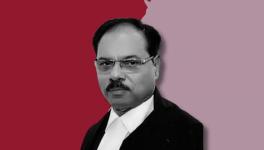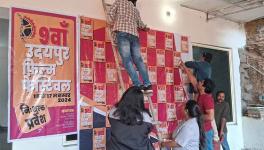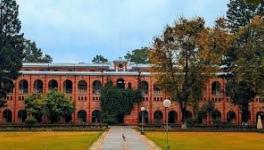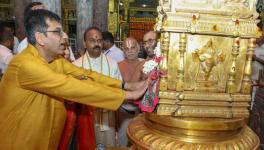Are Christian Missionaries Vestiges of Colonialism?
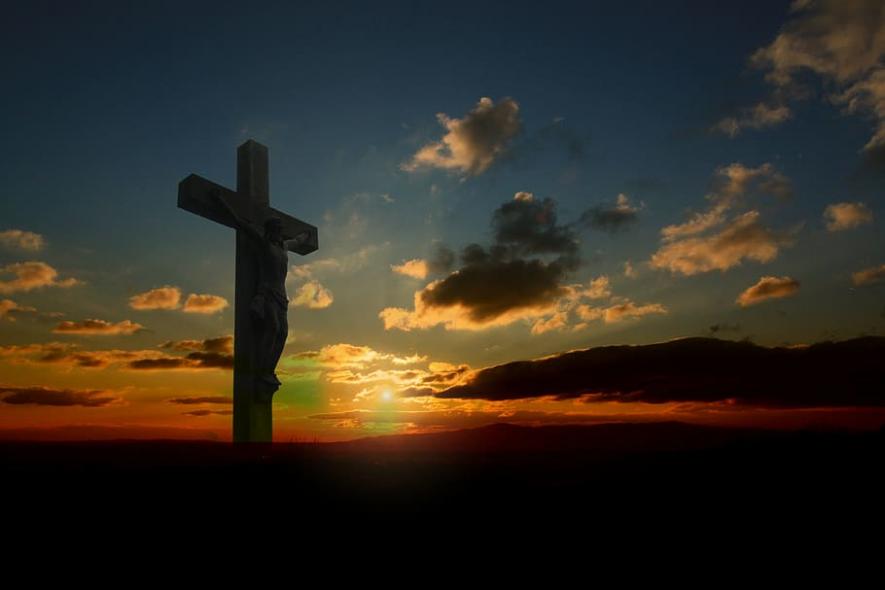
Image Courtesy: Pxfuel
In a recent interview with the Dainik Jagran newspaper, Rakesh Sinha, RSS ideologue and Rajya Sabha member, spoke in favour of what translates as “Christian missionaries, leave India” campaign. According to him, missionaries are ruining the Adivasi culture and take advantage of the freedom of religion available in India. Even earlier, on 22 May 2018, he had tweeted, “Do we need Missionaries? They constitute threat on our spiritual democracy. Niyogi Commission report (1956) exposed their real face but Nehruvians preserved them as essential vestige of colonialism. Either Quit India or form Indian Church vouching non proselytization.”
Such accusations against missionaries are baseless and lacking in understanding of Christianity in India. Contrary to the assertions of Sinha, missionaries are not vestiges of colonialism. Christianity came to India centuries before British rule, in 52 CE when St Thomas arrived on the Malabar Coast. Various Indian rulers welcomed the missionaries and recognised the spiritual nature of their work. The Maratha king Chhatrapati Shivaji told his army not to damage the home of Fr. Ambrose during their Surat campaign. There are accounts also that Akbar received the Christian representatives respectfully in his court.
Gandhi also regards Christianity as much a part of Indian culture as Hinduism, Islam and other religion, although he batted against religious conversion. “Apart from Christianity and Judaism, Hinduism and its offshoots, Islam and Zoroastrianism are living faiths,” Gandhi said. That said, religions are universal and not bound by national boundaries, as Gandhi implied.
To grasp what Sinha could mean when he says missionaries constitute a threat to spiritual democracy, let us first understand what spiritual democracy means. It is to regard all faiths as equal in the eyes of the Indian Constitution and as per universal moral norms. Many have argued that the caste/Varna system is a threat to spiritual democracy too. Those who perpetrate caste can therefore be considered a threat to spiritual democracy. Sinha needs to understand also that even leaders of his party, such as Lal Krishna Advani and the late Arun Jaitly, were students of Christian-run schools. One presumes the list does not end with them and many others in his ideological camp studied in so-called convent schools.
Now, what exactly is the work Christian missionaries do? Before the 1960s, many missionaries would come to India from other countries, particularly the western nations. Now, most Christian churches are Indian in every sense of the word. They work and operate within the provisions of the Indian Constitution. Their main work is on health and education in Adivasi and backward areas, apart from the schools where the worthies such as Advani and Jaitly studied. So, how is this ruining Adivasi culture? Culture, as a social phenomenon, is not static in any case, but changes over time. Refer to the report of the United Nations, titled ‘Alliance of Civilizations’ which argues with a profound overview of human history that it is the alliances of cultures, religions, food habits, languages and knowledge that have determined the progress of civilizations.
Lately, with the interventions by the Vanavasi Kalyan Ashram, the VHP and other organizations, a vast change has taken place in Adivasi practices. For the last four decades or so, for example, the Shabri Festivals have taken place regularly, and Lord Hanuman and his iconography has been popularised in Adivasi areas. Is this not a modification of Adivasi culture, who are essentially nature worshipers?
As far as conversions are concerned, the Niyogi report, released in 1956 concluded that missionaries do the work of conversion, however, to practice and propagate religion is a constitutional right given to all in India. In this context, we must look a bit further, at the Wadhwa Commission report as well. Pastor Graham Staines was burnt alive by Rajendra Singh (Dara Singh) of the RSS affiliate Bajrang Dal. He is currently undergoing life imprisonment for the crime. The Wadhwa Commission report appointed by the NDA government) concluded that Staines was actually not involved in conversion, as had been drummed up about him. Manoharpur in Kendujhar, Odisha, where Staines worked, has not seen any statistically significant increase in the Christian population.
In fact, the data and evidence point to the exact opposite of what the propaganda machinery says.
As per the 2011 Census, the percentage of Christians is 2.30 in India. Preceding censuses recorded that in 1971 there were 2.60% Christians, in 1981 2.44%, in 1991 2.34% and 2001, 2.30% Christians in India. So, there is a stability or marginal decline in the Christian population going by official figures. A fear psychosis is being deliberately created of conversions on a mass scale. In its July gathering at Chitrakoot, the RSS gave a disturbing call for a "Chadar mukt-father mukt Bharat—India free from Muslims and Christians.”
There are enough laws to prevent conversions, which talk about conversion by force, fraud or allurement. To give such a call against Christian missionaries is an attempt to impose the Hindutva agenda. Sinha seems to think that the Adivasis are Hindus, and that is also part of the RSS playbook. It cannot alter the fact that Hinduism is a polytheistic religion with its own scriptures, holy sites and everyday practices, while Adivasis are nature worshippers in the main.
The author is a social activist and commentator. The views are personal.
Get the latest reports & analysis with people's perspective on Protests, movements & deep analytical videos, discussions of the current affairs in your Telegram app. Subscribe to NewsClick's Telegram channel & get Real-Time updates on stories, as they get published on our website.










